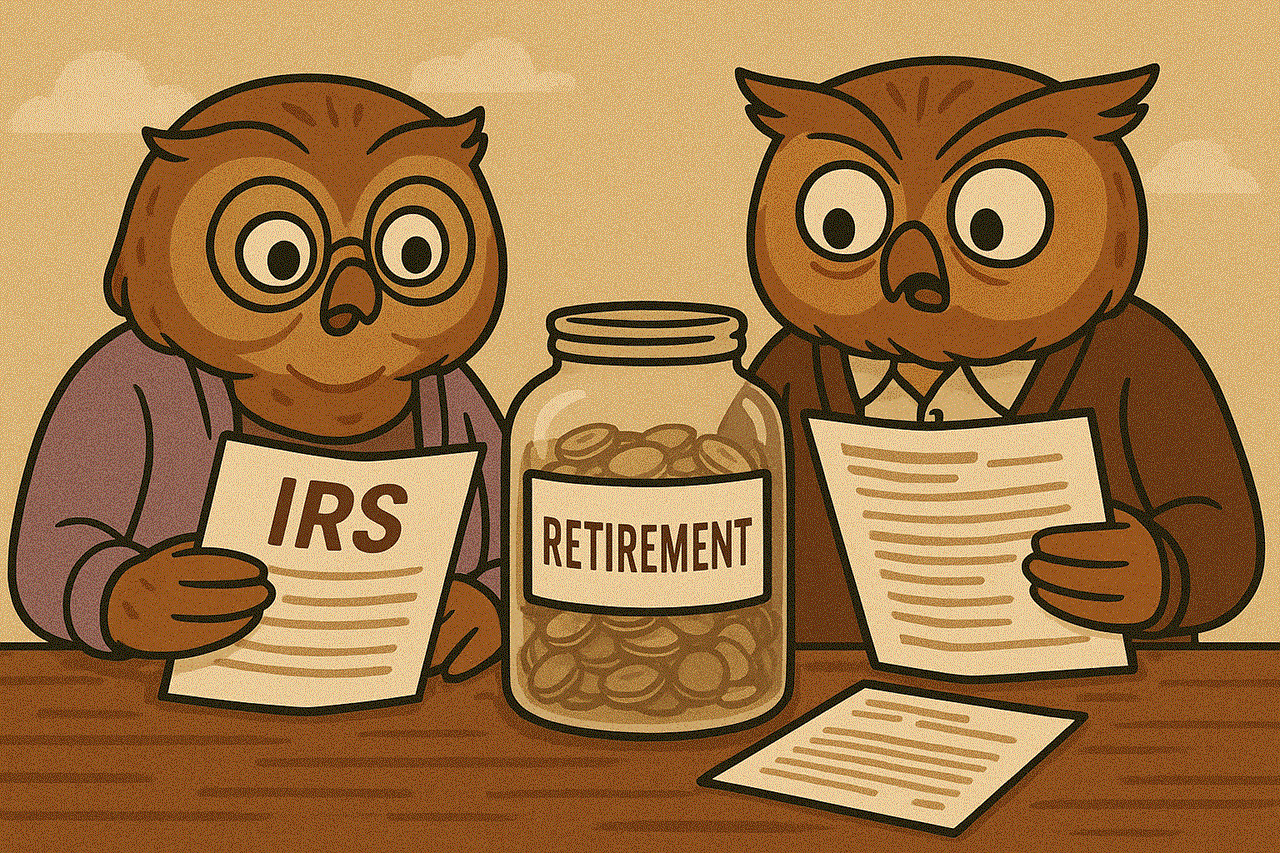Ten Ways to Increase Revenue in an Apartment Investment


When you buy an apartment building, you’re buying a stream of income. The more you increase revenue in an apartment investment, the more freedom you create for yourself and your family.
Most people think “raise the rents” and stop there. That’s one lever, but it’s far from the only one. The best operators use multiple levers at once to increase revenue in an apartment investment without turning tenants against them or wrecking occupancy.
Let’s walk through ten proven, practical ways to increase apartment revenue and turn a good deal into a great one.
Yes, we’re starting with the obvious, but you’d be shocked how many owners are hundreds of dollars below market because they’re afraid to make changes. The key is to raise rents in a strategic, data-driven, tenant-respectful way, not by guessing or suddenly slapping on huge increases.
Pull fresh rent comps from similar properties in your submarket (same unit size, amenities, vintage).
Identify units that are the furthest below market and prioritize them at renewal or turn.
Use phased rent increases (for example, $75-$100 now, another $50 after an upgrade) instead of shocking tenants with a massive jump.
Pair increases with visible improvements, paint, hallway updates, better lighting, security cameras, or minor unit upgrades, so residents feel the value, not just the cost.
Your goal is simple: close the gap to market while maintaining strong occupancy and goodwill. Done correctly, this alone can significantly increase revenue in your apartment investment.
Raising rent is pointless if units sit empty. Vacancy and slow turns are silent killers of apartment revenue. Every day a unit sits unleased is pure lost income.
To attack vacancy and turn time:
Start marketing as soon as you receive notice to vacate. Don’t wait until the keys are in your hand.
Use high-quality photos, a simple website or listing page, and syndicate to the major rental platforms.
Offer easy online applications and tours (including self-guided or video tours when appropriate).
Have a tight turn process: clear checklists for maintenance, cleaning, and inspections so units are ready fast.
Implement resident retention strategies like renewal incentives or small loyalty perks.
A well-run building focuses as much on speed of turns and renewals as it does on rent levels. The combination dramatically increases effective revenue.
Pet owners are often your stickiest, most grateful residents—and most are used to paying for the privilege. If your property allows pets but you’re not charging appropriately, you’re leaving money on the table.
Ideas to increase revenue:
Charge a monthly pet rent per pet.
Use a non-refundable pet fee on move-in instead of (or in addition to) a refundable deposit.
Offer “pet-friendly” amenities like waste stations, small dog areas, or pet-washing stations to justify premiums.
You still want clear policies, weight/breed restrictions as needed, and strong enforcement of pet rules, but done well, pet income can become a predictable and meaningful piece of your apartment revenue.
If you’re still paying 100% of utilities on a “classic” all-bills-paid setup, you’re absorbing costs you don’t need to. A smart way to increase revenue in an apartment investment (while creating fairness) is to implement a RUBS (Ratio Utility Billing System) or a similar bill-back model where residents pay for their fair share of utilities.
Combine this with:
Installing low-flow faucets and shower heads, efficient toilets, and LED lighting.
Sub metering where feasible (water, gas, or electric) for even more accurate billing.
Educating tenants on conservation and showing them how lower usage saves them money too.
Utility bill-back programs don’t just reduce expenses, they effectively shift part of the utility burden to residents, which increases NOI and the value of the property.
One of the most powerful ways to increase revenue is to create a higher-quality product that justifies higher rents. This is the classic value-add play and it still works when done intelligently.
Consider:
Replacing old carpet with durable LVP (luxury vinyl plank) flooring.
Updating cabinet fronts and hardware instead of full replacements to save cost.
Swapping outdated fixtures and lighting for modern, energy-efficient ones.
Installing in-unit washers/dryers where plumbing and space allow (huge premium in many markets).
Adding simple design touches like accent walls, modern backsplashes, or new countertops.
The key is to track your renovation cost vs. rent premium. If you can spend $5,000 on an upgrade and get $100+ more per month in rent, that’s a strong return and a big boost to property value.
Your building is more than just units. You can often increase apartment revenue by turning “empty” or underutilized spaces into cash flow.
Options include:
Reserved or covered parking spaces at a monthly premium.
Paid garages or carports where feasible.
Storage lockers or small storage rooms rented monthly.
Bike storage, scooter parking, or equipment storage.
Laundry rooms with card or app-based machines that you own or revenue-share with a vendor.
Walk your property with fresh eyes and ask: What else could be providing utility and income to residents instead of just sitting there?
People pay for convenience. You don’t need to turn your building into a resort, but a few targeted premium services can increase revenue in an apartment investment with minimal effort.
These might include:
High-speed bulk internet sold to residents at a markup.
Smart-home upgrades (smart locks, thermostats) with a small monthly tech fee.
Package lockers or concierge-style package handling with a modest service fee.
Short-term furnished units (if allowed) aimed at traveling nurses, corporate renters, or digital nomads.
The goal isn’t to nickel-and-dime residents; the goal is to offer real value that they’re genuinely happy to pay a little extra for.
You can’t increase revenue if you never actually collect what’s owed. Sloppy collections and weak policies quietly drain NOI.
To tighten this up:
Implement clear due dates, late fees, and grace periods—and enforce them consistently.
Require online payments to make it easier for residents to pay on time.
Work with a strong property manager or collections process to minimize long-standing balances.
Use solid, fair tenant screening so you’re placing people who are likely to pay on time and care for the property.
Improving collections doesn’t feel as glamorous as upgrading a kitchen, but it’s one of the fastest ways to increase effective income and stabilize your apartment investment.
Sometimes the biggest revenue jump doesn’t come from changing the building—it comes from changing the kind of resident you attract. Repositioning can help you move from “C minus chaos” to “solid C+/B- workforce housing” or higher.
Improve curb appeal with landscaping, signage, paint, and lighting so your property feels safer and more attractive.
Clean up the tenant base over time by enforcing rules and don’t renew problem residents.
Improve online reviews and reputation with better service and proactive communication.
Update marketing materials to speak to your ideal resident (nurses, young professionals, families, etc.).
When you successfully reposition, you can often command higher rents, reduce delinquency, and create a community where good residents want to stay long-term.
The best operators don’t “set and forget” their assets. They treat asset management like a daily discipline—constantly looking for ways to increase revenue in an apartment investment and protect what they’ve already built.
Review rent rolls and delinquency regularly for patterns.
Watch traffic, applications, and closing ratios to see if marketing is working.
Adjust pricing dynamically based on demand, seasonality, and occupancy.
Meet consistently with your property manager to discuss KPIs, challenges, and opportunities.
Run “what if” scenarios: What if we add pet rent? What if we renovate 10 more units this quarter? What if we introduce RUBS?
Small adjustments, made consistently, can quietly add thousands to NOI and hundreds of thousands to property value over time.
Don’t try to do all ten things at once. Instead:
Audit your current property: Where are you undercharging? Where are you leaking revenue?
Choose 3–4 high-impact strategies to roll out over the next 6–12 months (for example: bring rents to market, launch RUBS, add pet rent, and introduce reserved parking).
Track your numbers before and after each change so you see exactly how much each strategy increases revenue and NOI.
Communicate clearly with residents, especially when you’re introducing new fees or changes—pair them with visible improvements and genuine service.
When you approach it this way, increasing revenue in an apartment investment stops being a random guess and becomes a deliberate, repeatable system you can use on every deal you touch.
Here you go—FAQ centered on the focus keyword “increase revenue in an apartment investment.”
The fastest way to increase revenue in an apartment investment is usually a combination of bringing rents closer to market and reducing vacancy/turn time. Tightening up turns, marketing units proactively, and implementing modest, data-backed rent increases often moves the needle faster than big renovation projects.
Start by pulling rent comps from similar properties in your submarket: same unit size, vintage, amenities, and general condition. If your average rent is 5–20% below comparable properties—and you still have decent demand—you likely have room to increase revenue in your apartment investment by moving toward market while watching occupancy and renewal rates.
Yes. You can increase revenue in an apartment investment without pushing out your best residents by:
Using phased rent increases instead of one giant jump
Pairing increases with visible improvements (lighting, security, cosmetic upgrades)
Communicating early and clearly about changes
Offering small renewal perks or options (like choosing between paint colors or minor upgrades)
When tenants see value and feel respected, they’re much more willing to accept higher rents.
High-ROI upgrades tend to be:
LVP flooring instead of carpet
Modern lighting and fixtures
Refreshed cabinet fronts and hardware
In-unit laundry where possible
Simple kitchen/bath cosmetic upgrades (backsplash, counters, mirrors)
These improvements often support strong rent premiums and help you increase revenue in an apartment investment without blowing the renovation budget.
Utilities are a major lever. You can:
Implement RUBS (Ratio Utility Billing System) or similar bill-back program where allowed
Install low-flow fixtures and LED lighting to lower overall usage
Submeter individual units when it’s cost-effective
This combination reduces your expenses and shifts part of the utility burden fairly to residents, effectively increasing NOI and total revenue.
To increase revenue in an apartment investment beyond base rent, look at:
Paid reserved or covered parking
Garages and storage lockers
Pet rent and pet fees
Upgraded laundry (card/app-based machines)
Bulk internet with markup
Smart-home or “tech package” fees
Every additional $10–$50 per month per unit in ancillary income can create a big jump in property value.
Very. Poor screening leads to higher delinquency, more damage, and frequent turnover, all of which crush revenue. Strong screening—consistent criteria, income and rental history verification, and clear expectations—helps you keep paying, stable residents, which supports higher rents, lower bad debt, and a healthier apartment investment overall.
You can absolutely increase revenue in a “stabilized” property. Even in a clean, well-run building, you can:
Fine-tune rents to market
Add or optimize RUBS
Introduce new ancillary income streams
Improve collections and late-fee policies
Reposition slightly to attract a better resident profile
Small improvements layered together can meaningfully increase revenue in an apartment investment that’s already performing “okay.”
Set up a simple monthly dashboard that includes:
Physical vs. economic occupancy
Average rental income per unit and per square foot
Delinquency percentage and bad debt
Turn time and number of down units
Utility recovery percentage
Ancillary income per unit
Renewal vs. move-out rate
If these numbers trend in the right direction, your strategies to increase apartment revenue are working. If not, you adjust.
Some changes are almost immediate (pet rent, reserved parking, late-fee enforcement). Others, like repositioning, unit upgrades, and RUBS rollouts, may take 6-18 months to fully show up in your NOI. The key is to keep increasing revenue in your apartment investment through small, consistent improvements rather than waiting for one giant home-run move.
The biggest mistake is going straight to steep rent hikes without a plan, data, or added value, often leading to angry tenants and higher vacancy. A smarter approach is to layer multiple levers (rents, utilities, ancillary income, collections, and repositioning) and monitor your metrics so you grow revenue and protect the community at the same time.
Disclaimer: This article was written with the help of AI and reviewed by Rod and his team.

Being good with money isn’t about being rich or knowing complicated financial jargon. It’s about understanding how money works and...

When you buy an apartment building, you’re buying a stream of income. The more you increase revenue in an apartment...

Every year, the IRS updates various limits due to inflation. This covers everything from your tax rates and standard deductions...